

Articles
What To Grow In Garden
Modified: January 20, 2024
Looking to start gardening? Discover what to grow in your garden with helpful tips and ideas. Enhance your green thumb and create a beautiful outdoor oasis.
(Many of the links in this article redirect to a specific reviewed product. Your purchase of these products through affiliate links helps to generate commission for Storables.com, at no extra cost. Learn more)
Introduction
Welcome to the wonderful world of gardening! Whether you have a spacious backyard or a small balcony, gardening is a fulfilling and rewarding hobby that allows you to connect with nature and create a sanctuary of beauty right at your doorstep. From vibrant flowers to bountiful vegetables, there is a wide array of plants that you can grow in your garden to bring color, fragrance, and the taste of homegrown goodness to your life.
Before diving into the gardening adventure, it’s important to choose the plants that will thrive in your specific conditions, whether it’s the climate in your region, the amount of sunlight your garden receives, or the type of soil you have.
Choosing the Right Plants
Flowers: Flowers add beauty and charm to any garden. Some popular flowering plants to consider include roses, marigolds, petunias, and sunflowers. You can choose annuals, which complete their life cycle in one year, or perennials, which come back year after year.
Vegetables: Growing your own vegetables is a rewarding and sustainable way to enjoy fresh produce. Popular choices for beginners include tomatoes, lettuce, peppers, and zucchini. Make sure to consider the space and sunlight requirements for each vegetable.
Herbs: Fresh herbs are a chef’s best friend and can elevate your culinary creations. Popular herbs to grow include basil, mint, parsley, and rosemary. They can be grown in pots, making them suitable for small spaces.
Fruits: Imagine plucking a plump, juicy fruit straight from your garden. Fruits like strawberries, blueberries, and citrus trees can be grown in containers or as part of a larger garden. Make sure to consider the amount of space they need to grow properly.
Shrubs: Shrubs add structure and depth to your garden. They can be used as hedges, borders, or as standalone focal points. Some popular shrubs to consider are hydrangeas, azaleas, boxwoods, and lilacs.
Considerations for Beginner Gardeners
As a beginner gardener, it’s important to start with plants that are easy to grow and require low maintenance. This will help build your confidence and ensure a successful gardening experience.
Easy-to-Grow Plants: Some plants are more forgiving and adapt well to various growing conditions. Examples of easy-to-grow plants include marigolds, zinnias, cherry tomatoes, Swiss chard, and mint.
Low-Maintenance Plants: If you have a busy schedule and limited time to dedicate to gardening, select low-maintenance plants that don’t require constant attention. Succulents, such as jade plants and aloe vera, or ornamental grasses, like fountain grass, are great choices.
Fast-Growing Plants: If you’re eager to see results quickly, consider plants that have a fast growth rate. Sunflowers, radishes, lettuce, and some varieties of zucchini are known for their speedy growth and will provide you with a sense of accomplishment in a short amount of time.
Now that you have a general idea of the plants to choose from, let’s move on to planning your garden to ensure that you make the most of the available space and provide the optimal conditions for your plants to thrive.
Key Takeaways:
- Create a thriving garden oasis by choosing plants that suit your space and goals. Start with easy-to-grow, low-maintenance, and fast-growing options to build confidence and ensure success.
- Plan and care for your garden with thoughtful consideration of space, sunlight, soil, and plant needs. From starting seeds to pest control, diligent attention will yield a vibrant and rewarding outdoor sanctuary.
Choosing the Right Plants
When it comes to choosing the right plants for your garden, there are a variety of options to consider. The selection of plants will largely depend on your personal preferences, as well as the specific conditions in your garden, such as sunlight, soil type, and climate. Here are some popular categories of plants to help you get started:
Flowers: Adding a vibrant display of flowers to your garden can bring beauty and a touch of elegance. The choices are abundant, ranging from classic roses to cheerful marigolds and delicate petunias. Sunflowers, with their tall stalks and striking yellow petals, can add a dramatic flair to any garden. Consider the color scheme you desire and the overall aesthetic you want to create when selecting flower varieties.
Vegetables: Growing your own vegetables not only allows you to enjoy the taste of freshly harvested produce but also promotes a healthier and sustainable lifestyle. Tomatoes, lettuce, peppers, and zucchini are popular choices for beginner gardeners. These vegetables are relatively easy to grow and provide a bountiful harvest. Additionally, consider planting herbs such as basil, mint, and parsley, which can be a great addition to your culinary endeavors.
Herbs: Fresh herbs are a delightful addition to any kitchen. Growing your own herbs allows you to have a steady supply of aromatic and flavorful ingredients right at your fingertips. From the classic and versatile basil to the fragrant and healing qualities of rosemary, there are a wide variety of herbs to choose from. Consider planting them in pots or designated areas in your garden, as they tend to spread easily and may overpower other plants if not properly contained.
Fruits: There is nothing quite like the taste of freshly picked fruit from your own garden. Strawberries, blueberries, and raspberries are popular choices for small gardens, as they can be grown in containers or hanging baskets. For larger spaces, consider planting fruit trees such as apple, pear, or citrus. Keep in mind that fruit trees may require more space and time to mature, but the rewards are truly delicious.
Shrubs: Shrubs are a great addition to any garden as they provide structure, texture, and year-round interest. Hydrangeas with their stunning and abundant blooms, azaleas with their vibrant flowers, and boxwoods with their dense foliage are popular choices. Shrubs can be used as hedges to create privacy, as borders to define different areas of your garden, or as standalone focal points.
Take into account the specific growing conditions in your garden, such as the amount of sunlight and the type of soil. Some plants thrive in full sun, while others prefer partial shade. Similarly, certain plants require well-draining soil, while others thrive in moist or sandy soil. By understanding these requirements, you can ensure that your chosen plants will flourish and create a harmonious and beautiful garden.
Considerations for Beginner Gardeners
For beginner gardeners, it’s important to start with plants that are easy to grow, low-maintenance, and offer quick results. This will help build confidence and ensure a successful gardening experience. Here are some considerations to keep in mind:
Easy-to-Grow Plants: Starting your gardening journey with plants that are known for their adaptability and resilience can increase your chances of success. Some easy-to-grow plants include marigolds, zinnias, cherry tomatoes, Swiss chard, and mint. These plants are forgiving to minor mistakes and can still thrive in less-than-ideal conditions. They also offer beautiful blooms or delicious produce, thereby rewarding your efforts.
Low-Maintenance Plants: If you have a busy schedule or limited time to dedicate to gardening, opting for low-maintenance plants is a wise choice. Succulents, such as jade plants and aloe vera, are known for their ability to store water, making them more tolerant of infrequent watering. Ornamental grasses, like fountain grass, are another low-maintenance option, as they require minimal pruning and upkeep. These plants offer beauty without demanding constant attention, allowing you to enjoy your garden even with a busy lifestyle.
Fast-Growing Plants: Patience is key in gardening, but for those eager to see quick results, fast-growing plants are an excellent option. Sunflowers, with their tall and cheerful blooms, can grow several inches in just a few weeks. Radishes, lettuce, and some varieties of zucchini also have a rapid growth rate, providing you with a sense of accomplishment and reward in a short amount of time. Growing these fast-growing plants can be a great way to indulge in the joy of gardening and witness the fruits of your labor sooner rather than later.
Remember to consider the specific needs of each plant when planning your garden. Some plants prefer full sun, while others can tolerate partial shade. Pay attention to watering requirements and soil conditions to ensure the health and growth of your chosen plants. As a beginner gardener, keeping it simple and manageable will help you learn and enjoy the process, gradually expanding your gardening skills and knowledge.
With these considerations in mind, you can create a garden that fits your lifestyle and allows you to experience the joys of nurturing and watching your plants thrive. Whether you choose easy-to-grow plants, low-maintenance varieties, or fast-growing options, your garden will surely become a haven of beauty and tranquility.
Consider your climate, soil type, and available sunlight when choosing what to grow in your garden. Research which plants thrive in your specific conditions to ensure a successful and bountiful harvest.
Planning Your Garden
Before you start digging and planting, it’s important to plan your garden to make the most of the available space and ensure optimal conditions for your plants. Here are some key aspects to consider when planning your garden:
Assessing Available Space: Take a good look at your garden and assess the available space. Consider the dimensions, shape, and any existing structures or obstacles that may impact your planting options. This will help you determine how much space you have for planting beds, containers, or individual plants. If you have limited space, vertical gardening techniques or utilizing raised beds can maximize your growing area.
Determining Sunlight Requirements: One of the most important factors to consider when planning your garden is the amount of sunlight your plants will receive. Take note of the areas that get full sun, partial shade, or are mostly shaded throughout the day. This information will help you select plants that match their specific sunlight requirements, ensuring their healthy growth and development.
Soil Preparation: Healthy soil is the foundation of a successful garden. Before planting, assess the quality of your soil and make necessary amendments. Test the pH level of the soil and adjust it if needed. Add organic matter such as compost or well-rotted manure to improve the soil’s fertility and structure. Breaking up compacted soil with a garden fork or tiller will allow for better root growth. Adequate soil preparation will help your plants establish strong roots and thrive.
Companion Planting: Companion planting is the practice of pairing plants together to maximize their growth and health. Some plants have mutual benefits when grown in close proximity. For example, planting marigolds near your vegetable garden can help repel pests, while the marigolds benefit from the shade and nutrients provided by the taller vegetables. Research companion planting combinations to enhance your garden’s productivity, deter pests, and create a harmonious ecosystem.
When planning your garden, it’s important to consider both the aesthetic appeal and the functionality of the space. Aim for a balance between plants that you find visually appealing and those that fulfill your gardening goals, whether it’s growing your own food, attracting pollinators, or creating a peaceful retreat. Understanding the unique characteristics of your garden space will help you make informed decisions and create a well-designed and thriving garden.
Planting and Caring for Your Garden
Once you have planned and prepared your garden, it’s time to start planting and caring for your plants. Proper planting and consistent maintenance are crucial for the health and success of your garden. Here are some essential steps to follow:
Starting Seeds Indoors: For some plants, starting seeds indoors is a great way to get a head start on the growing season. This is especially useful for vegetables, annual flowers, and herbs. Use seed trays or small containers filled with a seed starting mix. Plant the seeds according to the instructions on the seed packet, ensuring they receive adequate moisture and light. Once the seedlings have grown a few sets of leaves, they can be transplanted into larger containers or directly into the garden.
Transplanting Seedlings: When your seedlings have grown strong enough and the weather is suitable, they can be transplanted into the garden. Dig a hole that is slightly larger than the root ball of the seedling. Gently remove the seedling from its container, being careful not to damage the roots. Place the seedling in the hole and cover the roots with soil. Water the newly transplanted seedlings thoroughly to help them settle into their new home.
Watering: Proper watering is crucial for the health and growth of your plants. Most plants require regular watering, especially during dry periods. Water deeply at the base of the plants, making sure the water reaches the root zone. Avoid overhead watering, as it can promote the spread of diseases. Be mindful not to overwater, as excessive moisture can lead to root rot. Adjust your watering schedule based on the specific needs of your plants and the moisture retention of your soil.
Fertilizing: Plants need essential nutrients to grow and thrive. Fertilizing provides these nutrients and helps promote healthy growth, vibrant blooms, and abundant fruiting. Choose a fertilizer that is suitable for your specific plants and follow the instructions for application. Organic options, such as compost or manure, are also beneficial for enriching the soil. Avoid over-fertilizing, as that can harm your plants. Apply fertilizer according to the recommended schedule and adjust based on plant response and soil conditions.
Pruning: Regular pruning is essential for maintaining the shape, size, and overall health of your plants. Remove dead, damaged, or diseased branches to prevent the spread of infections. Prune back overgrown branches to encourage new growth and improve airflow. Some plants, such as roses or fruit trees, may require more specific pruning techniques. Research the pruning requirements of each plant variety to ensure proper pruning practices.
Mulching: Mulching is a beneficial practice that helps conserve moisture, suppress weed growth, and regulate soil temperature. Apply a layer of organic mulch, such as wood chips or straw, around the base of your plants. Mulch should be spread evenly but kept a few inches away from the plant stems to prevent rot. Replenish the mulch as needed to maintain an adequate thickness throughout the growing season.
Pest and Disease Control: To keep your plants healthy, it’s important to monitor and manage pests and diseases. Regularly inspect your plants for any signs of damage or infestation. Remove any affected leaves or parts of the plants to prevent the spread of diseases. Consider using natural pest control methods such as handpicking insects, using insecticidal soap, or introducing beneficial insects. Organic pest control options, such as neem oil or diatomaceous earth, can also be effective for managing pests.
By following these planting and care practices, you can ensure that your garden thrives and provides you with a beautiful and productive outdoor space. Regular attention to watering, fertilizing, pruning, and pest control will keep your plants healthy, allowing them to reach their full potential and bring joy to your gardening endeavors.
Conclusion
Gardening is both a rewarding and enriching experience that allows you to connect with nature, nurture life, and create a beautiful sanctuary. By choosing the right plants, planning your garden, and caring for your plants diligently, you can create a thriving and vibrant outdoor oasis.
When selecting plants for your garden, consider the specific conditions of your space, including sunlight, soil type, and climate. Flowers, vegetables, herbs, fruits, and shrubs offer a wide range of options to suit your preferences and goals. Whether you want to enjoy a burst of color with vibrant flowers, harvest your own fresh vegetables, or enhance your culinary creations with homegrown herbs, there is something for everyone.
For beginner gardeners, it’s important to start with easy-to-grow plants, low-maintenance varieties, and fast-growing options. This will build your confidence and ensure a successful gardening journey. Take into account the space you have available, the sunlight requirements of your plants, and the importance of proper soil preparation. Companion planting can also be utilized to maximize the benefits of different plants and promote a harmonious ecosystem.
Planting and caring for your garden involves starting seeds indoors, transplanting seedlings, watering, fertilizing, pruning, mulching, and pest and disease control. By following these steps diligently, you will provide the optimal environment for your plants to thrive and flourish. Regular maintenance and attention will keep your garden healthy and vibrant throughout the seasons.
In conclusion, gardening is a fulfilling and creative endeavor that allows you to immerse yourself in the beauty of nature. Whether you have a small balcony or a spacious backyard, the joy of watching your plants grow, bloom, and bear fruit is immeasurable. Take the time to plan your garden, choose the right plants, and provide ongoing care to create a space that brings you joy, relaxation, and a connection to the natural world.
So, grab your gardening tools, put on your gloves, and let the journey begin. Happy gardening!
Frequently Asked Questions about What To Grow In Garden
Was this page helpful?
At Storables.com, we guarantee accurate and reliable information. Our content, validated by Expert Board Contributors, is crafted following stringent Editorial Policies. We're committed to providing you with well-researched, expert-backed insights for all your informational needs.
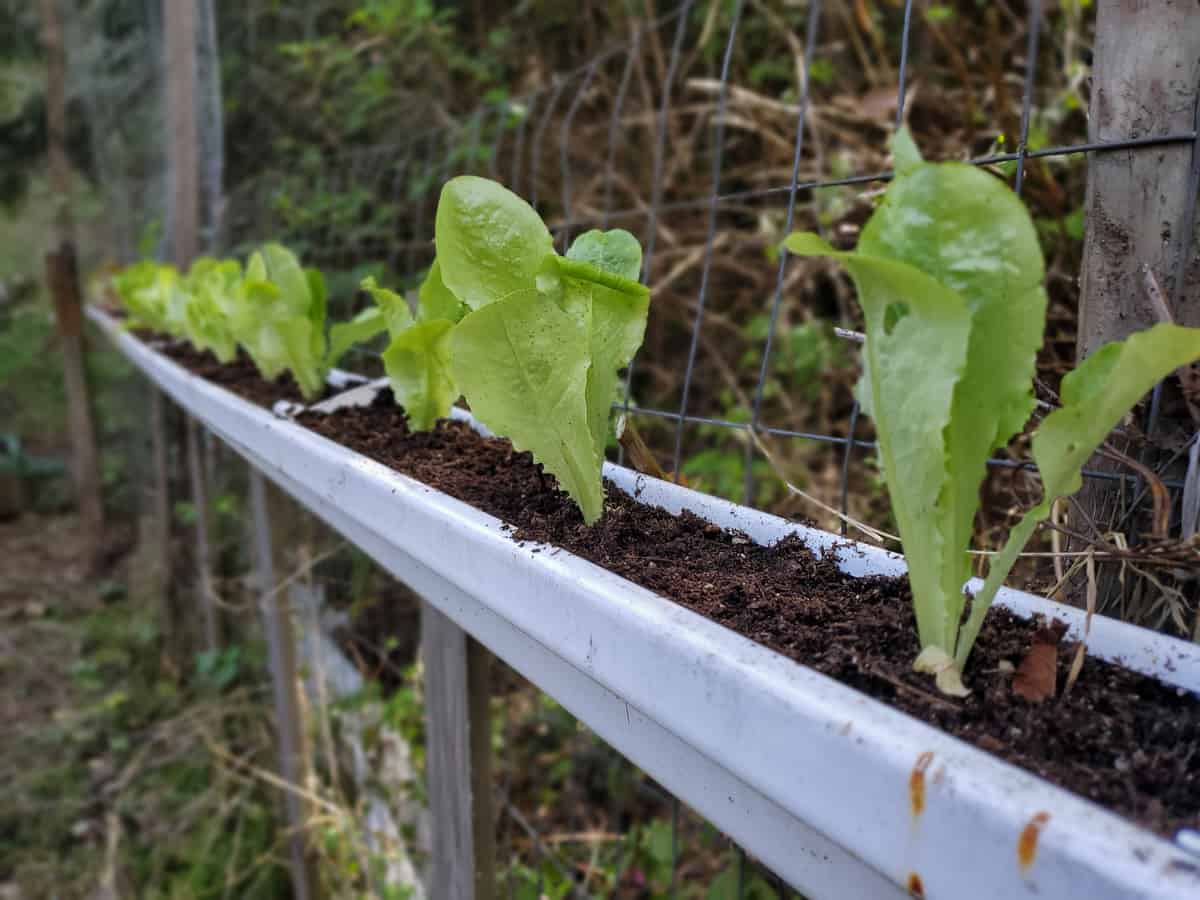
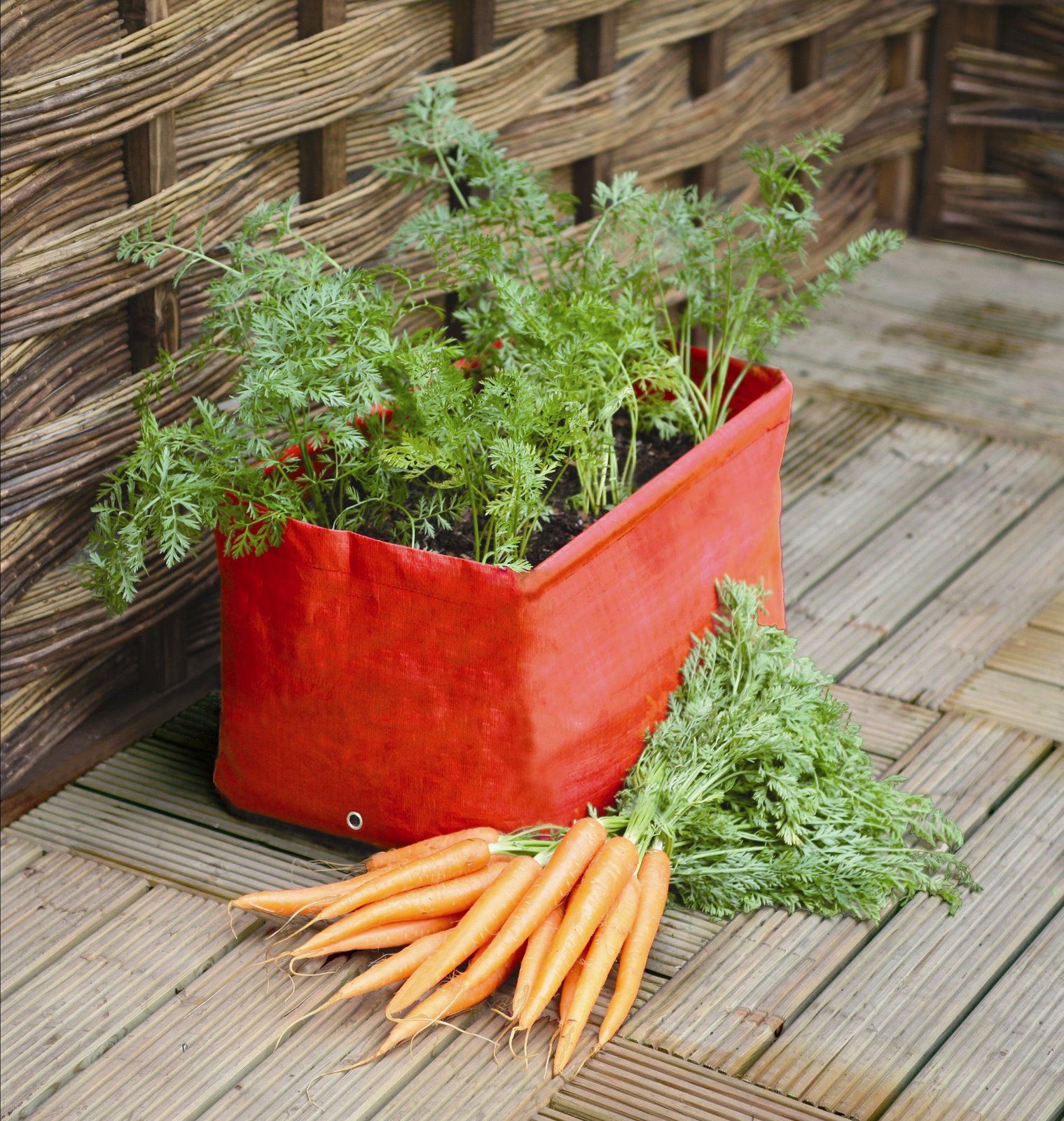
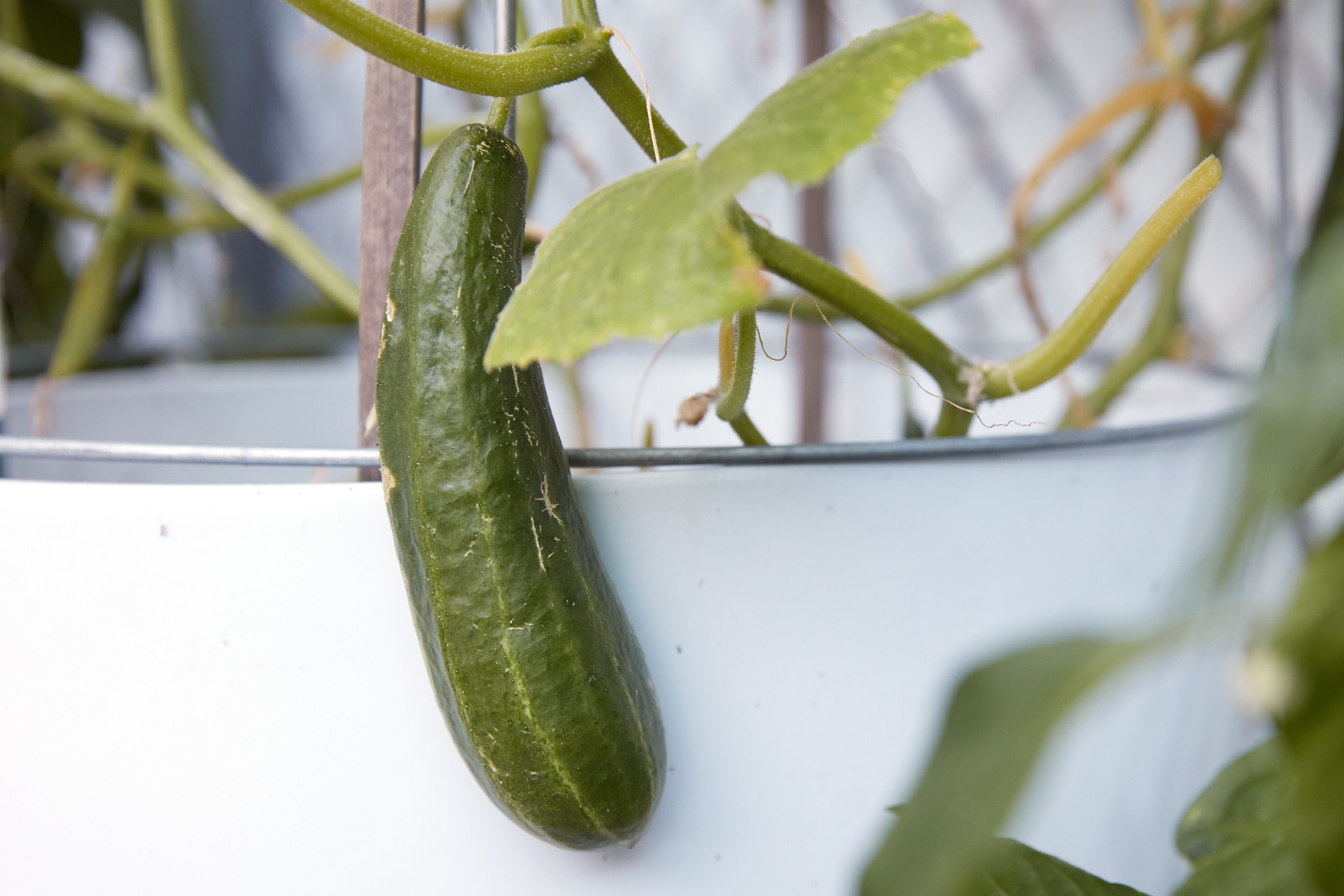
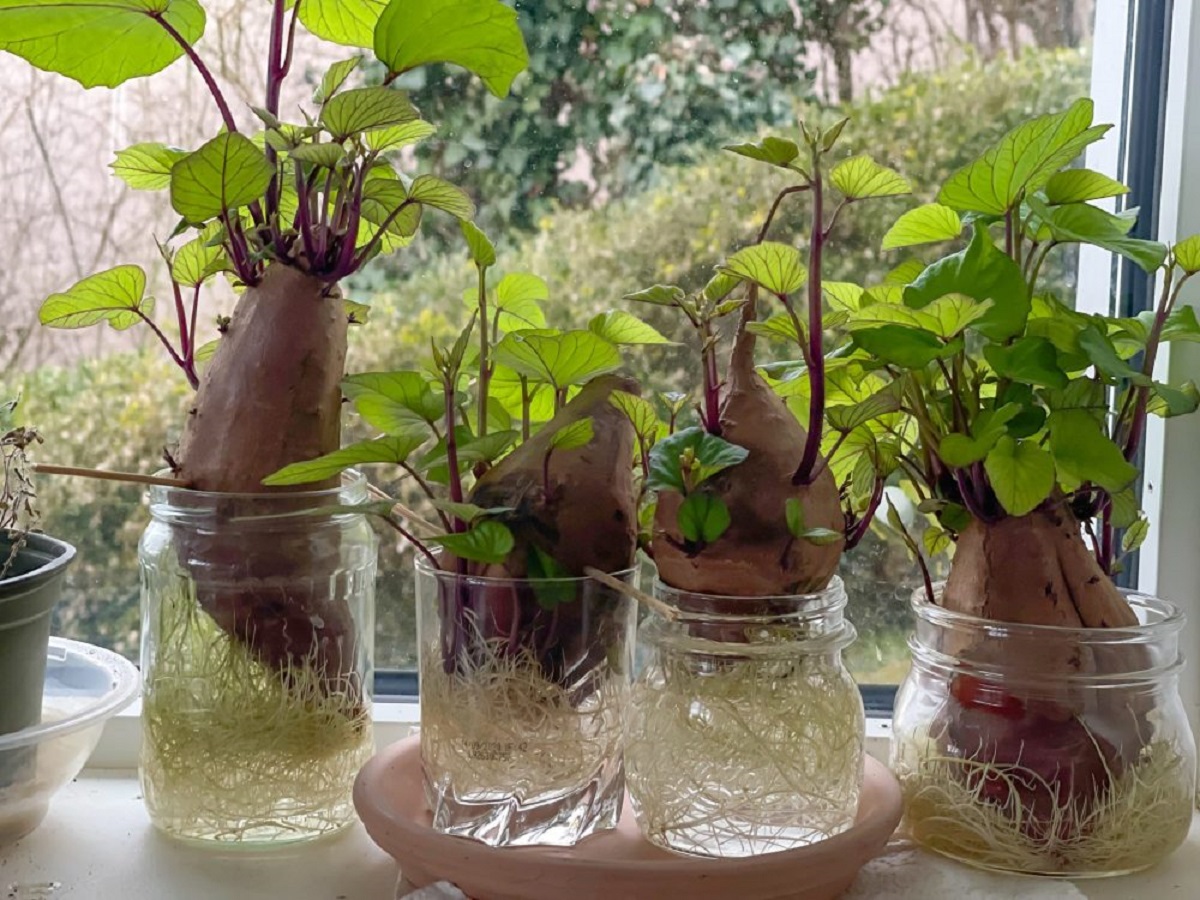
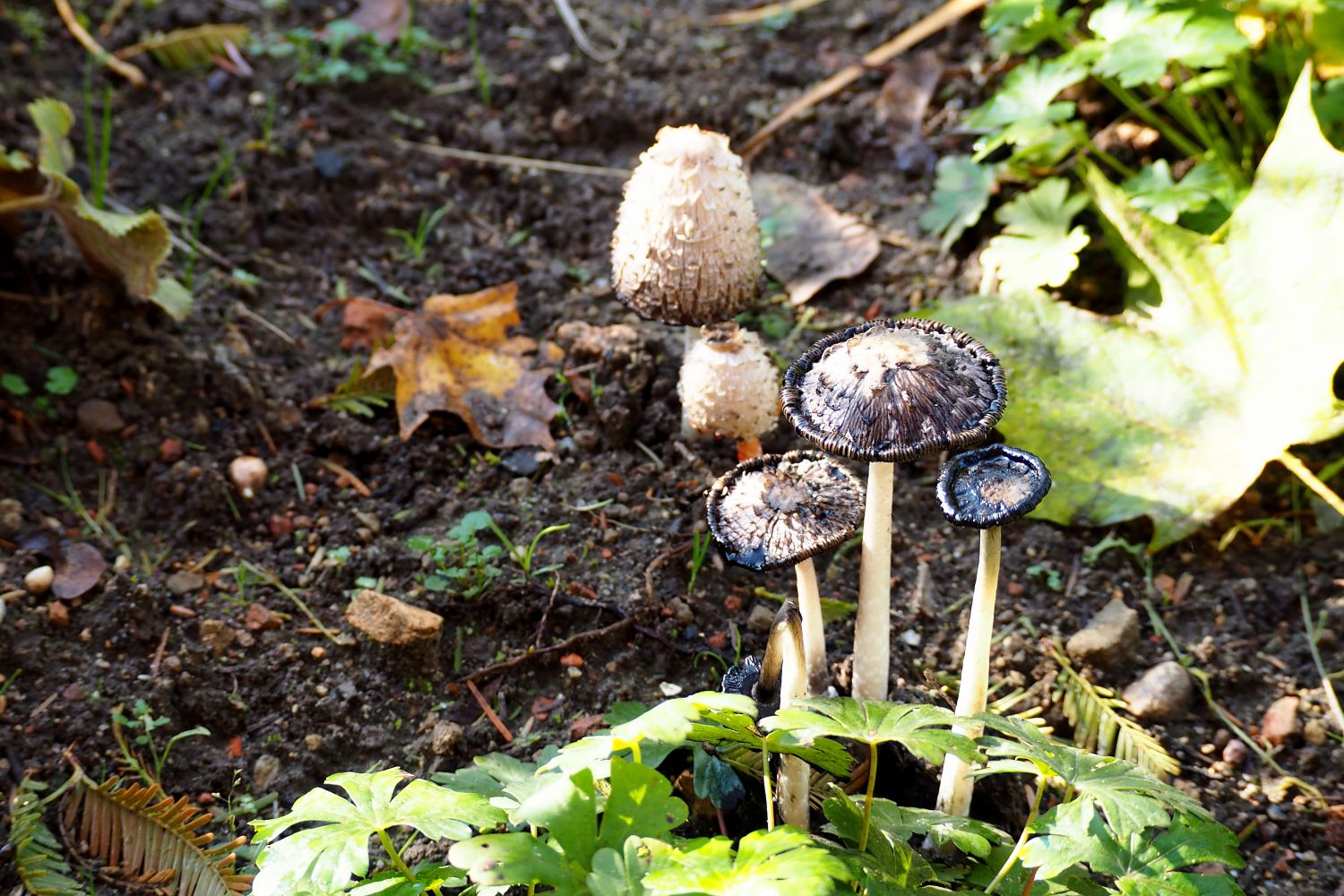
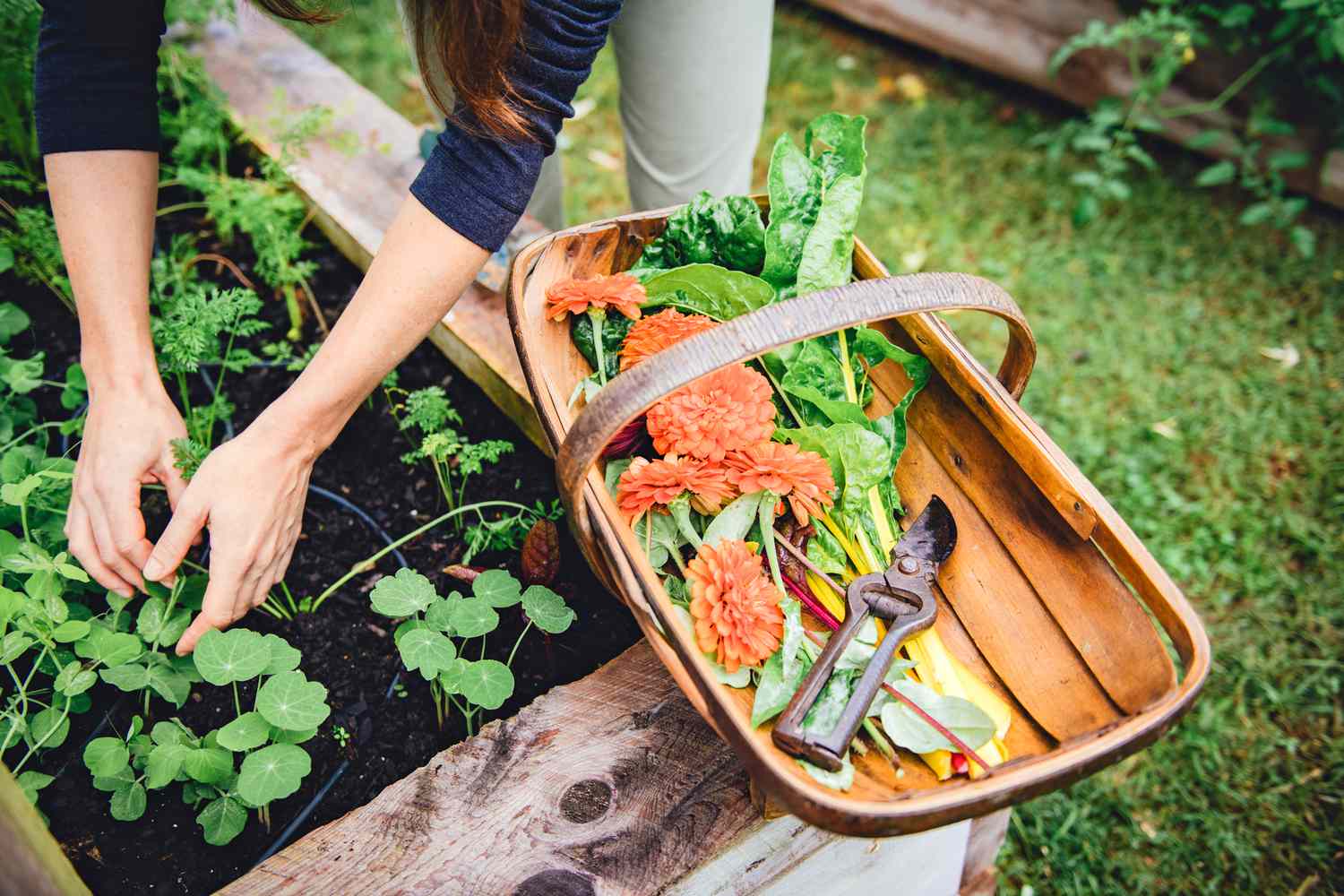
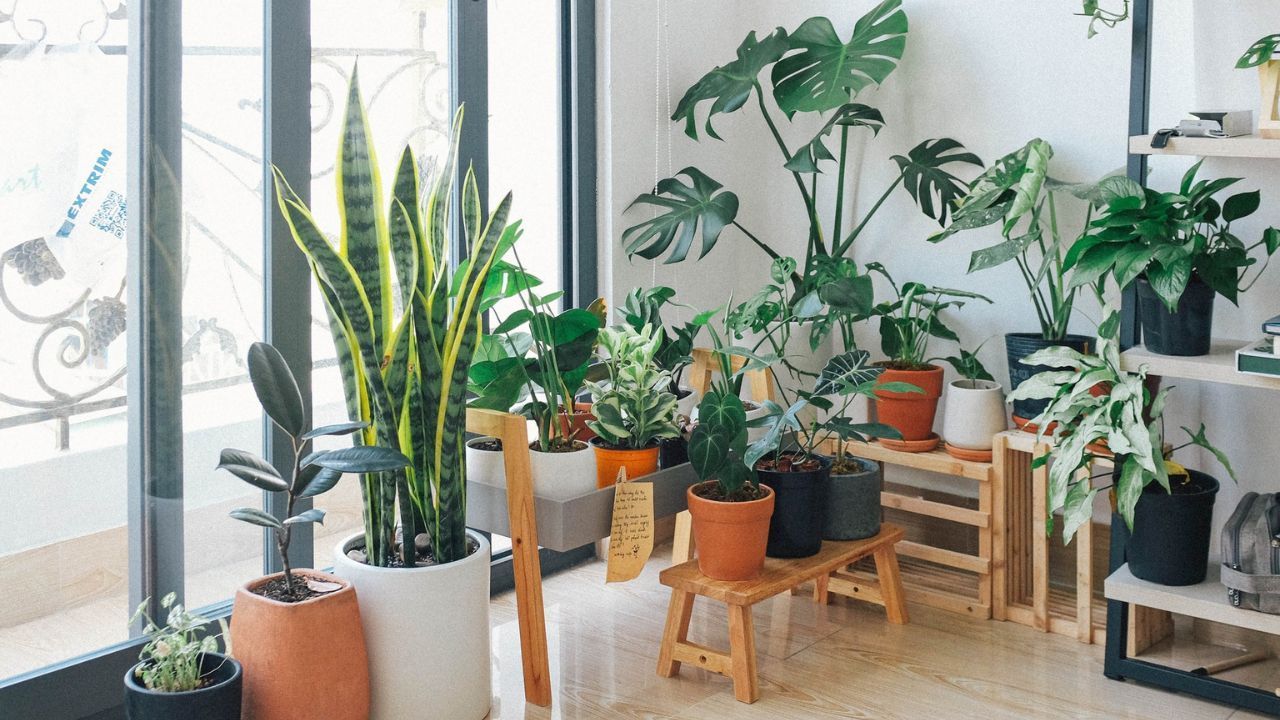
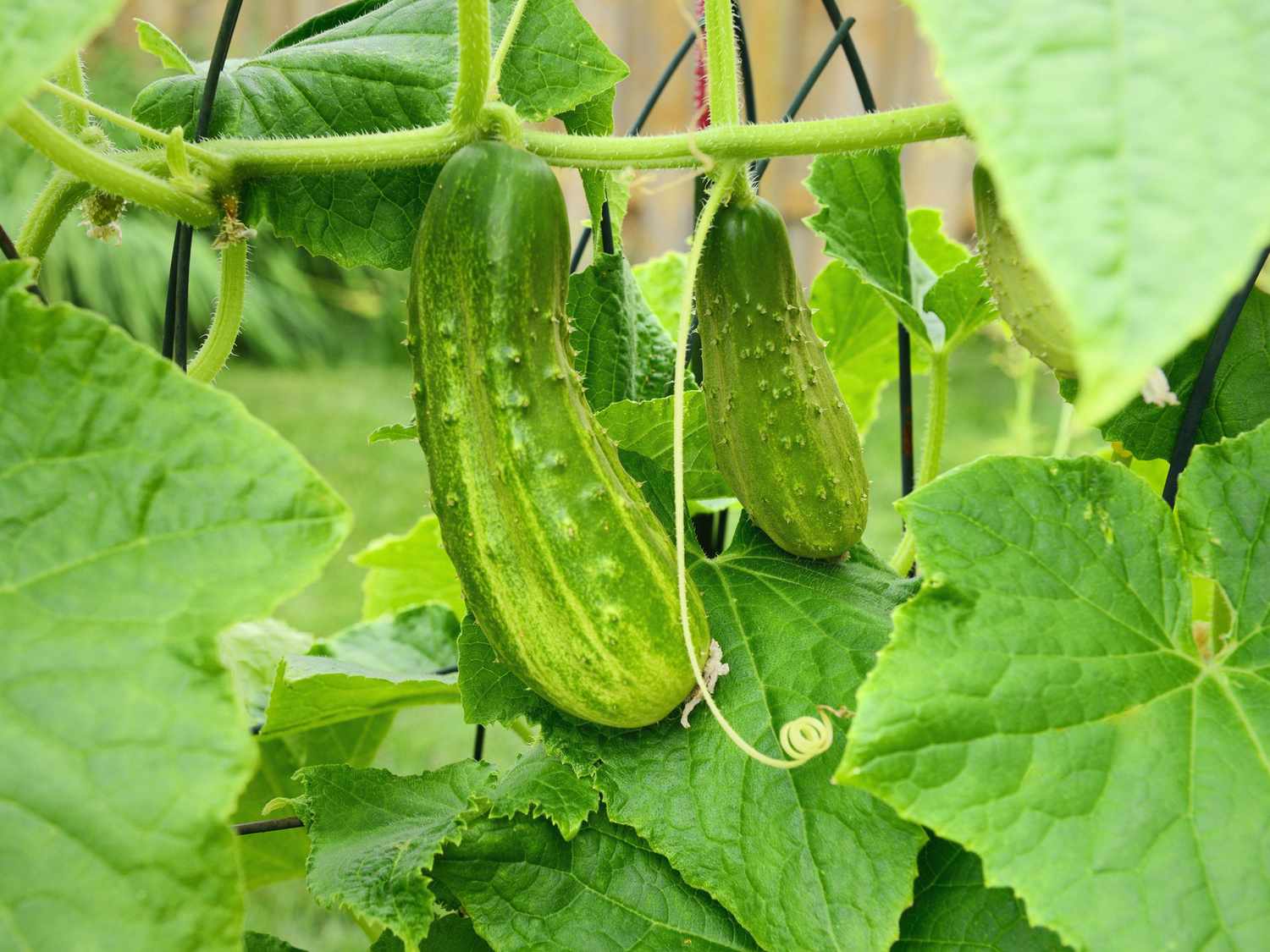
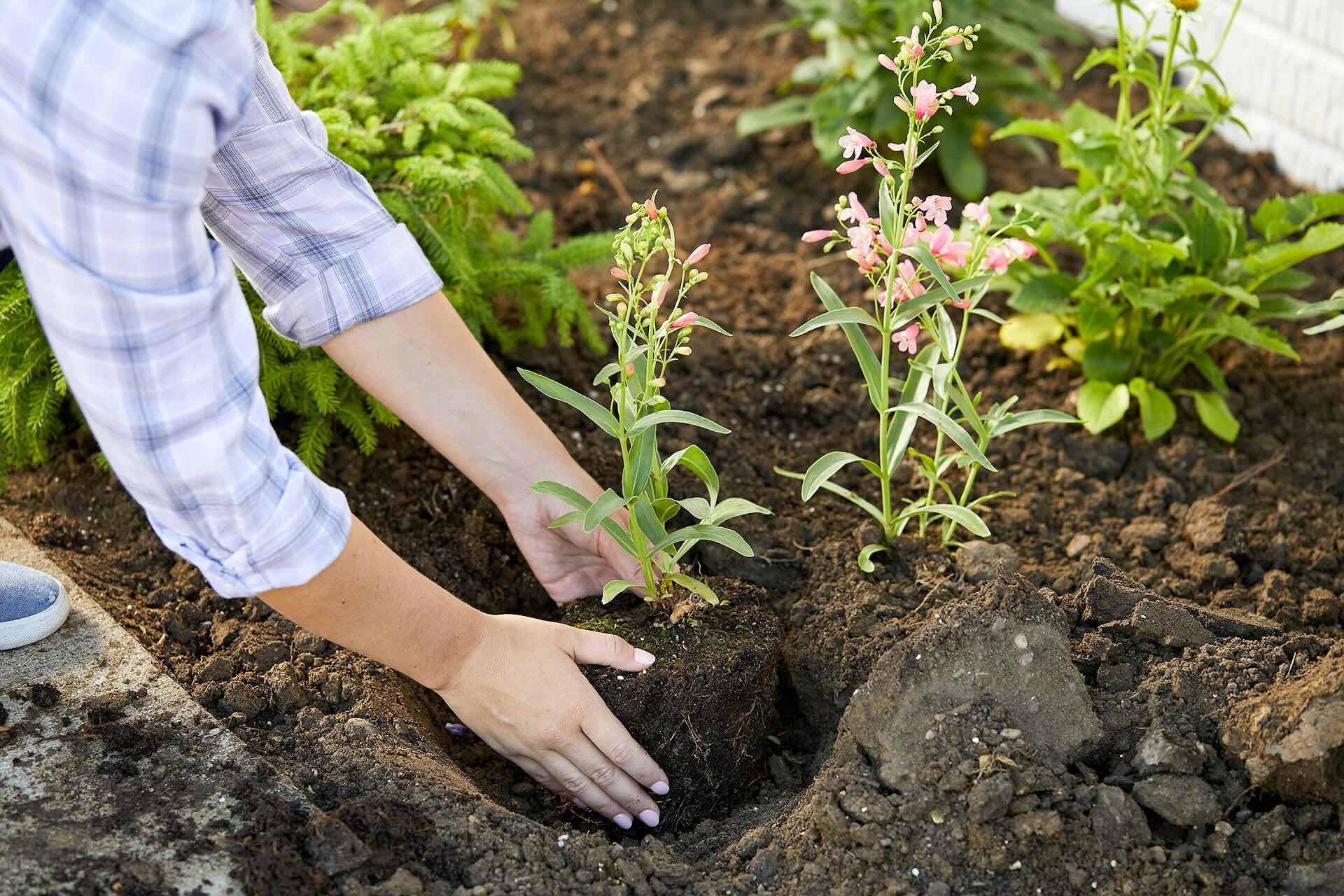
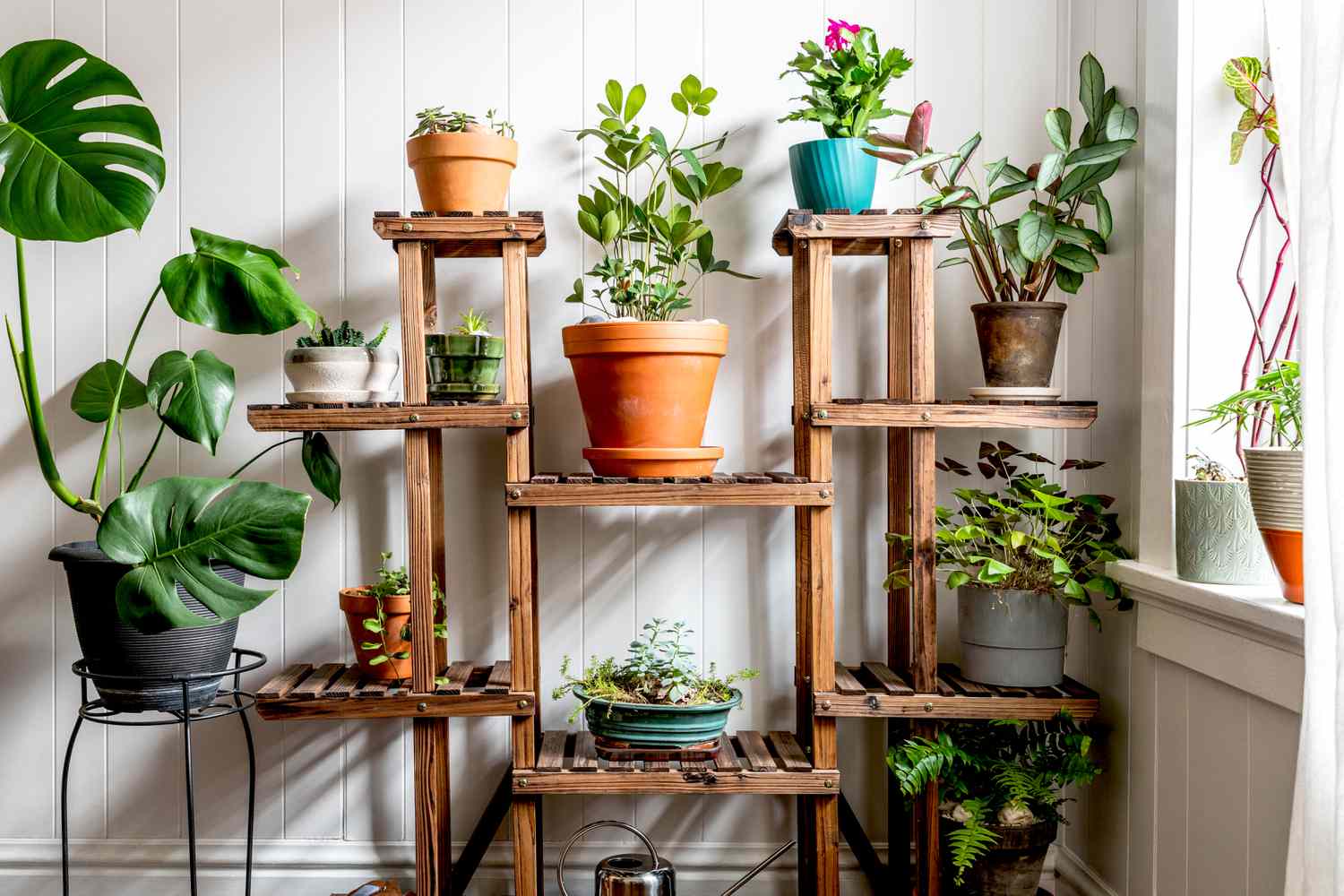
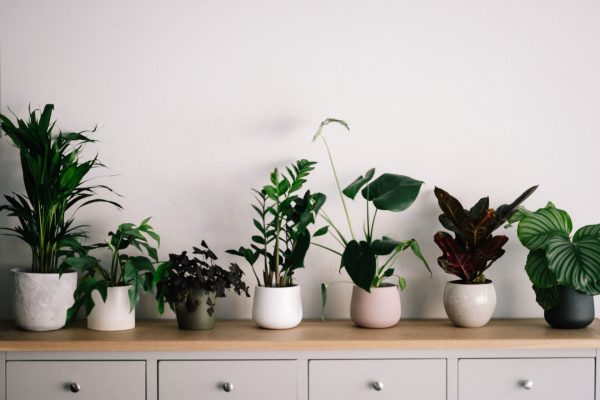
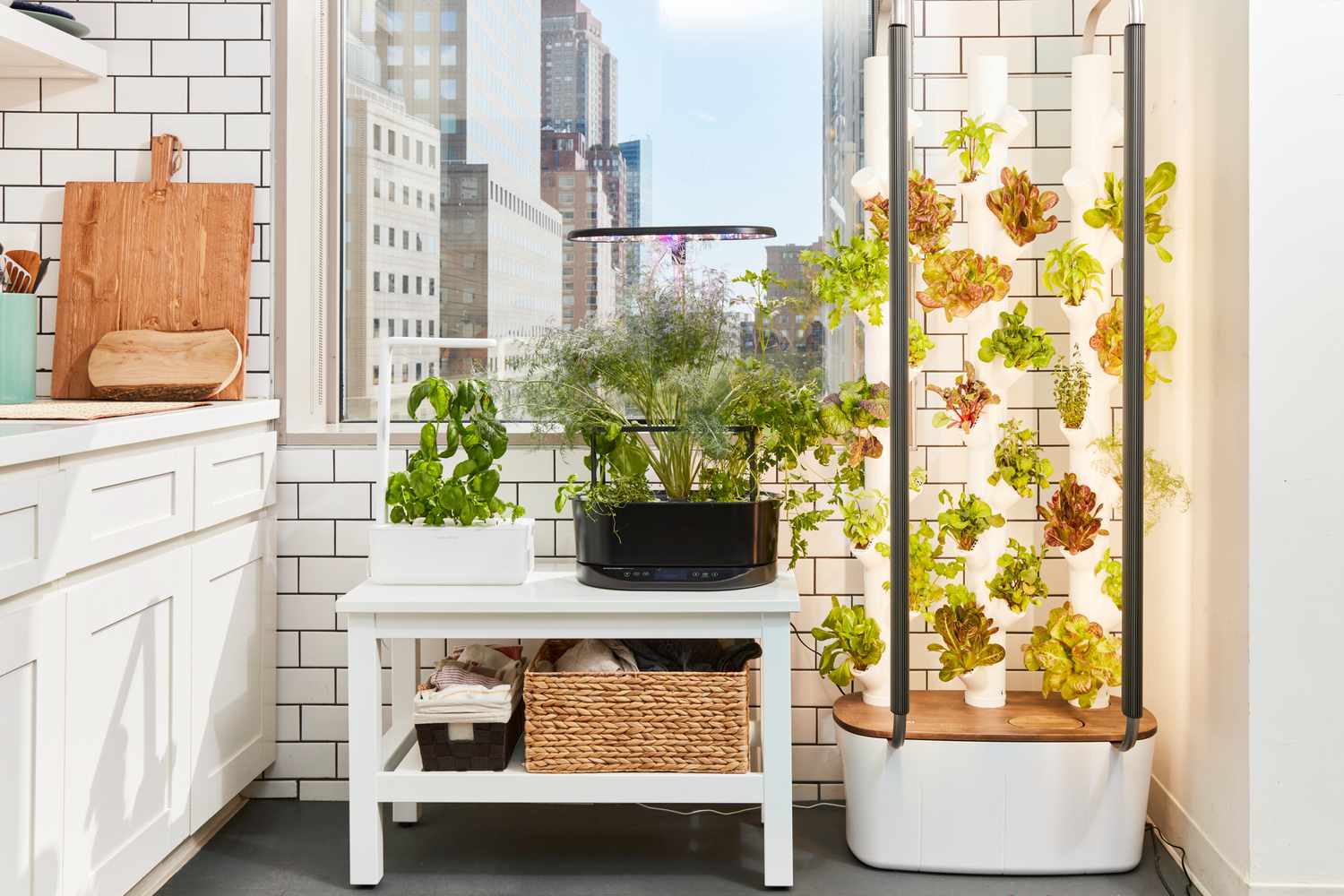
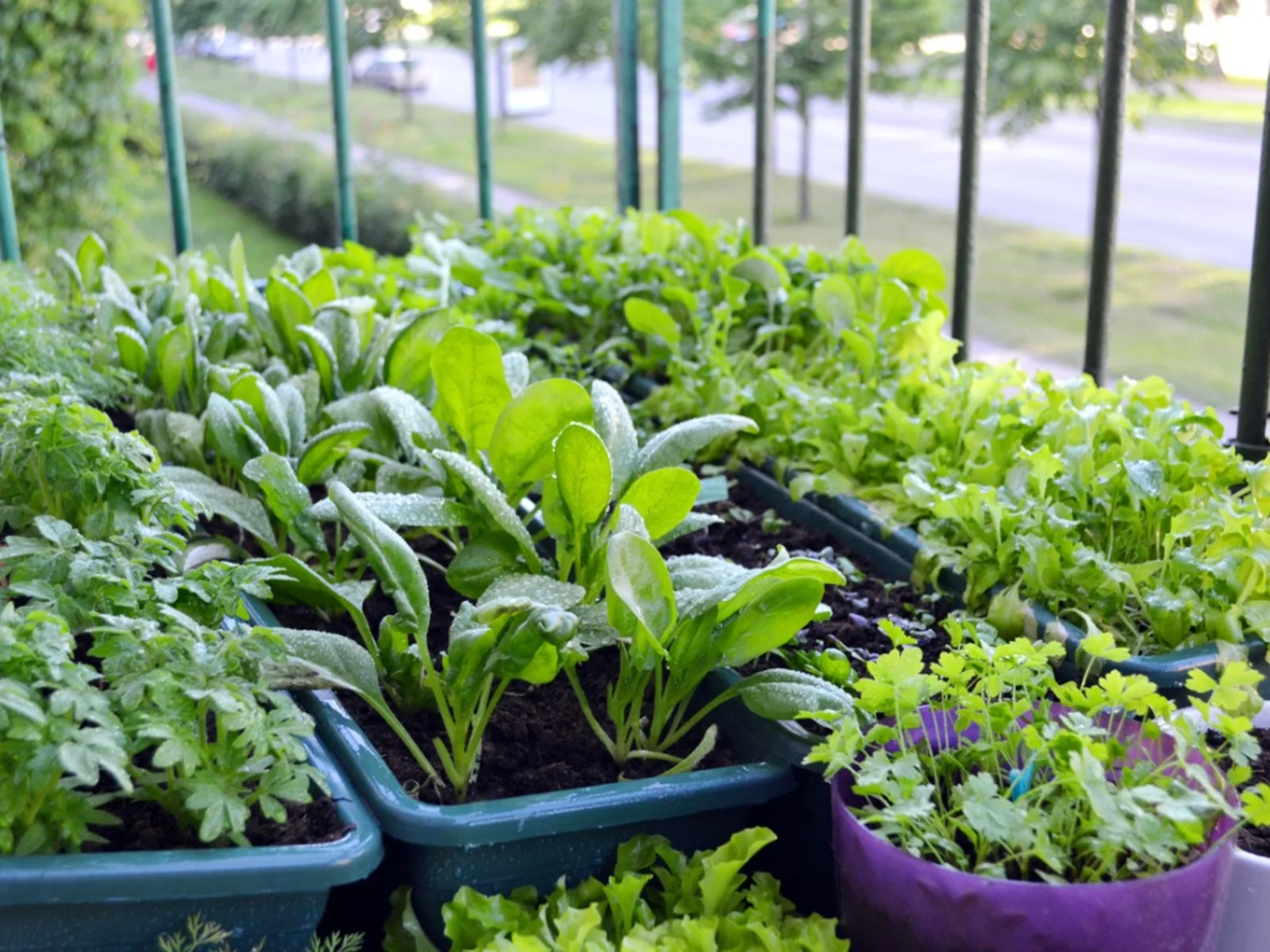
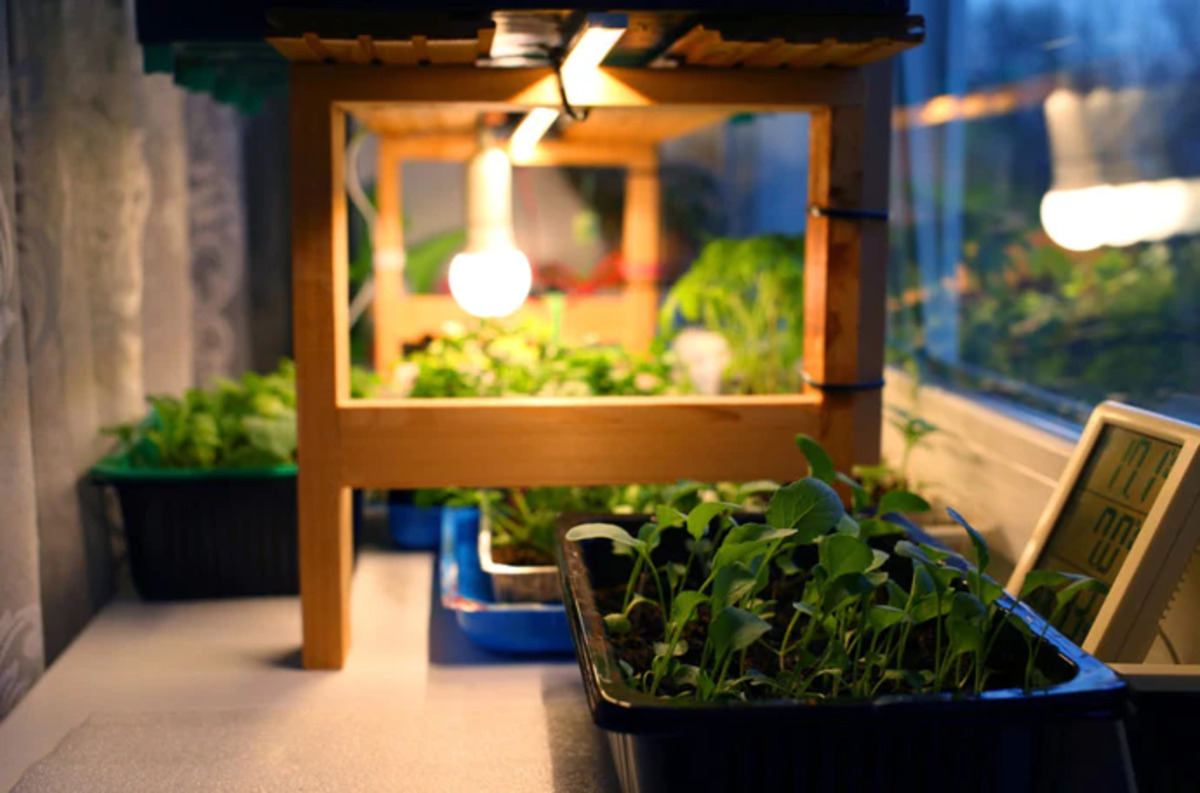

0 thoughts on “What To Grow In Garden”